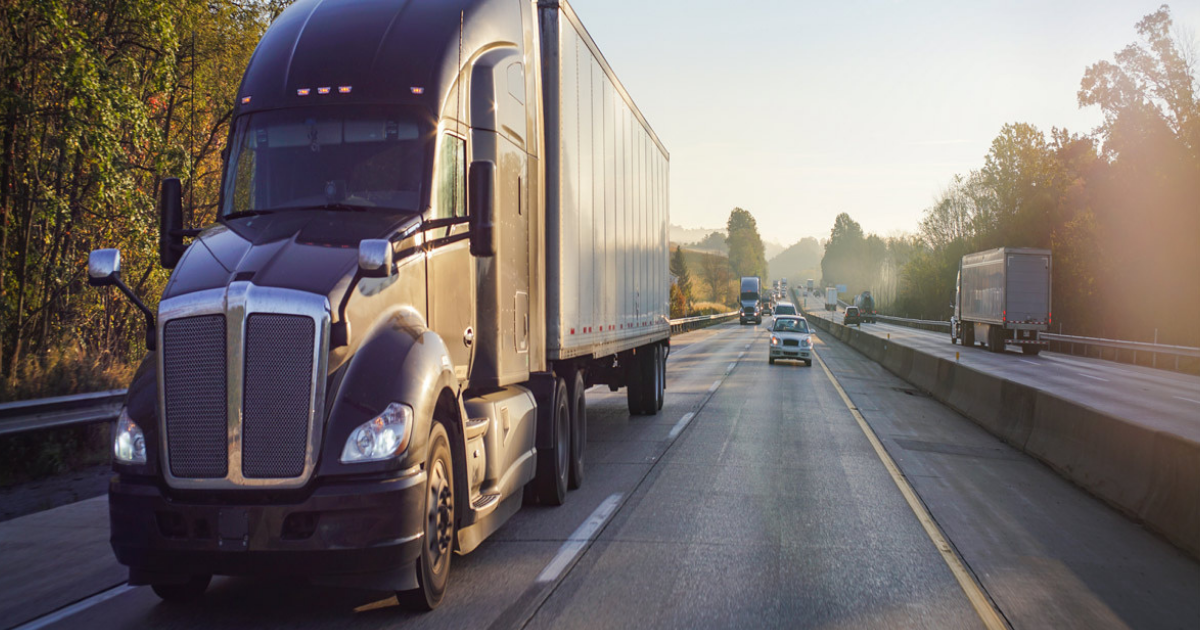When people think of unsafe road conditions, they often picture roadways that are covered in snow, ice, or freezing rain. These are certainly not ideal driving conditions, but what many motorists may not realize is how dangerous roads can become when even a light rain starts to fall. Rainy conditions can cause a vehicle to start skidding or sliding uncontrollably, as if the car is sliding on a sheet of ice. This slipping and sliding is known as hydroplaning, and it can occur on any wet surface, although the first 10 minutes of a light rain is often the most dangerous because rain mixes with the oily residue on the road, which causes the road to become very slippery.
Hydroplaning refers to the skidding or sliding that occurs when a vehicle’s tires come in contact with a wet surface. When the water on the road surface in front of the car gathers more quickly than the tires can push it away, the pressure of the water can elevate the car, which creates a thin film between the tires and the road. This causes the tires to lose traction, making it very difficult for the driver to maintain control of the vehicle. Although hydroplaning can occur during a heavy rainfall when a large amount of water has accumulated on the roads, it is important for motorists to understand that hydroplaning is most likely to occur during the first 10 minutes of rainfall when the water and oil creates ideal conditions for hydroplaning. Being aware of this hazard can help motorists use extra caution when driving during these conditions.
In addition to rainy conditions and rainwater mixing with oily residue on the roads, hydroplaning can also be caused by a range of other factors, including wheel track depth, road grade, and the texture of the pavement. There is also an increased risk of hydroplaning when rainfall is particularly intense and continues for an extended period of time, which causes the water depth to be greater. Driver behavior is also a factor. For example, speeding, sudden braking, and sharp steering can cause hydroplaning, as can improper tire inflation and tire treads that are worn.
According to the Federal Highway Administration, approximately 37,000 people are fatally injured and another 2.3 million are injured in car accidents each year in the United States. Safety officials estimate that approximately 22 percent of the 5.7 million car accidents that occur each year are related to weather. Of the injuries and fatalities that were caused by inclement weather, 46 percent occurred during rain and 73 percent occurred on wet roads. In response to these alarming statistics, the National Institutes of Health has recommended that driving training programs should address the specific hazards associated with driving on wet, slippery roads and ensure that new drivers understand how to maintain control of the vehicle and avoid a serious accident.
When the weather forecast calls for rain, motorists should be prepared for the roads to become slippery and be aware that there is an increased risk for hydroplaning. People generally use extra caution when there is snow or freezing rain in the forecast, but they do not always consider the dangers of rain. Motorists are urged to keep the following tips in mind to stay safe and avoid hydroplaning when the roads become wet:
Even motorists who use extreme caution when driving on wet, slippery roadways can start to hydroplane. However, drivers who understand how to react when their vehicle suddenly starts hydroplaning are better able to maintain control of their vehicle and avoid a serious accident. Motorists should keep the following tips when mind when hydroplaning occurs:
As with other weather-related car accidents, questions may arise about who is at fault for a car accident that was caused by hydroplaning. There are a number of parties who may be held liable, based on the circumstances of the accident and the condition of the car and the road. The following are the three parties that may be liable for property damage and injuries resulting from a hydroplaning-related car accident:
If a motorist is injured in a hydroplaning car accident, it is highly recommended that he or she consult with a catastrophic injury lawyer who has experience with these types of cases. Proving liability for a hydroplaning accident can be complex because there may be a number of parties who are potentially liable. A dedicated legal team will determine which parties are at fault and fight to secure the compensation that the client deserves, including past and future medical expenses, lost wages, and pain and suffering.
If you or a loved one was seriously injured in a hydroplaning car accident, you are strongly urged to contact the Los Angeles car accident lawyers at ACTS LAW at your earliest convenience. We will conduct a thorough investigation to determine who is responsible for the accident and ensure that you receive the financial compensation you deserve. Our dedicated legal team will explain every step of the claims process and address all your questions and concerns. To schedule a free, confidential consultation, call us today at 833-228-7529 or contact us online.
With offices in San Diego and Los Angeles, we proudly serve clients throughout Southern California.

The National Interagency Fire Center reported a total of 9,280 total wildfires in California in 2021, causing damage to more than 2.3 million acres. The state’s pace has not slowed much in 2022, wit...

A traumatic brain injury (TBI) is as catastrophic as it sounds. It occurs when the brain is struck or jolted from outside forces and often has several debilitating repercussions. According to the Brai...

When a passenger vehicle is involved in an accident with a large commercial truck, it is rarely a minor fender bender. Due to the massive size and weight of the average commercial vehicle, truck accid...